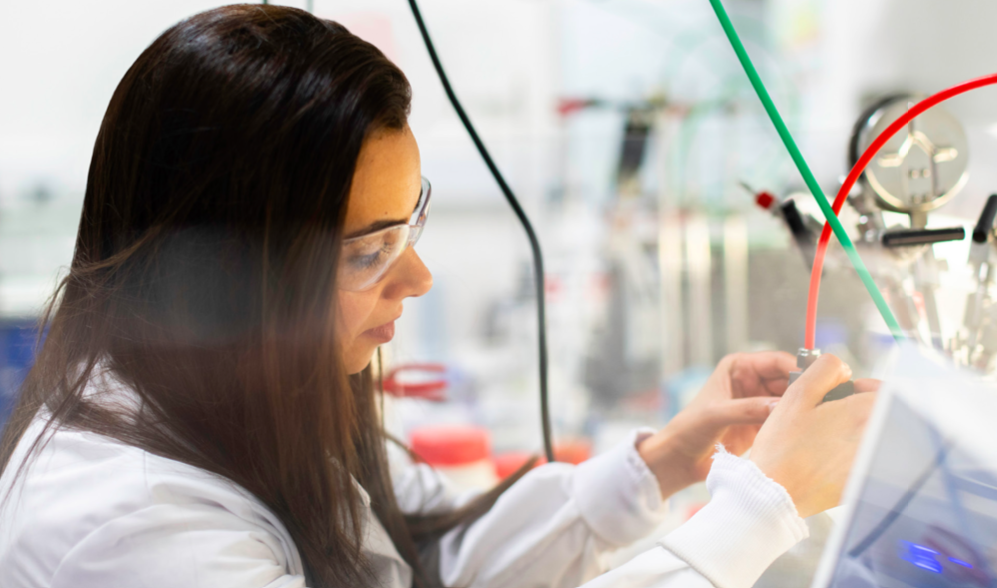Australia’s pedigree in digging things up and shipping them overseas for manufacturing is well established. With surging demand for the minerals required for lithium-ion battery production, a chance exists for value-added processing to be developed – and a new report into the technical and economic feasibility of pilot manufacturing in WA has recommended it move forward.
The QUT report provides recommendations for the production of precursor and final lithium-ion cathode active material (CAM). It concludes that currently there exists a “once-in-a-generation opportunity [for Australia] to transition into a major processing, manufacturing and trading hub to increase its share of market value.”
The report is titled “Li-ion battery cathode manufacture in the Australia” and it recommends that lab, then pilot scale production of precursor CAM and CAM be established. Both the mineral elements and processing chemicals required for CAM production can be sourced in Australia, the report finds.
The CSIRO’s Waterford facility in Perth has been selected as the site for these first manufacturing activities.
“The report demonstrates that Western Australia has the potential to become a major processing, manufacturing and trading hub for battery materials,” said WA’s energy and mining mister Bill Johnston in a statement. He noted that the development is in line with the state government’s Future Battery Industry Strategy.
There is little doubt that the future of lithium-ion batteries for a range of energy storage and electric mobility applications is bright. However, lithium-ion battery cathode production remain expensive – accounting for up to 40% of the battery’s cost, according to researchers from Canada’s McGill University.
While this high cost is resulting in an active search for alternative to NCM for lithium-ion CAM, there is considerable economic opportunity its supply. Challenges in sourcing ethically and sustainably produced cobalt itself notable, with the Democratic Republic of Congo the primary source of cobalt globally – and there are concerns as to the mining of cobalt in the country.
Alongside CAM, the report finds that other “critical components” to advanced battery production including precursors, anodes and electrolytes can be manufactured in Australia and that a number of efforts to refine battery minerals are already underway.
The report was produced by QUM, with support from Hatch Engineering and WA’s Curtin University. It was commissioned by the Future Batteries Industry Cooperative Research Centre.
This content is protected by copyright and may not be reused. If you want to cooperate with us and would like to reuse some of our content, please contact: editors@pv-magazine.com.









By submitting this form you agree to pv magazine using your data for the purposes of publishing your comment.
Your personal data will only be disclosed or otherwise transmitted to third parties for the purposes of spam filtering or if this is necessary for technical maintenance of the website. Any other transfer to third parties will not take place unless this is justified on the basis of applicable data protection regulations or if pv magazine is legally obliged to do so.
You may revoke this consent at any time with effect for the future, in which case your personal data will be deleted immediately. Otherwise, your data will be deleted if pv magazine has processed your request or the purpose of data storage is fulfilled.
Further information on data privacy can be found in our Data Protection Policy.